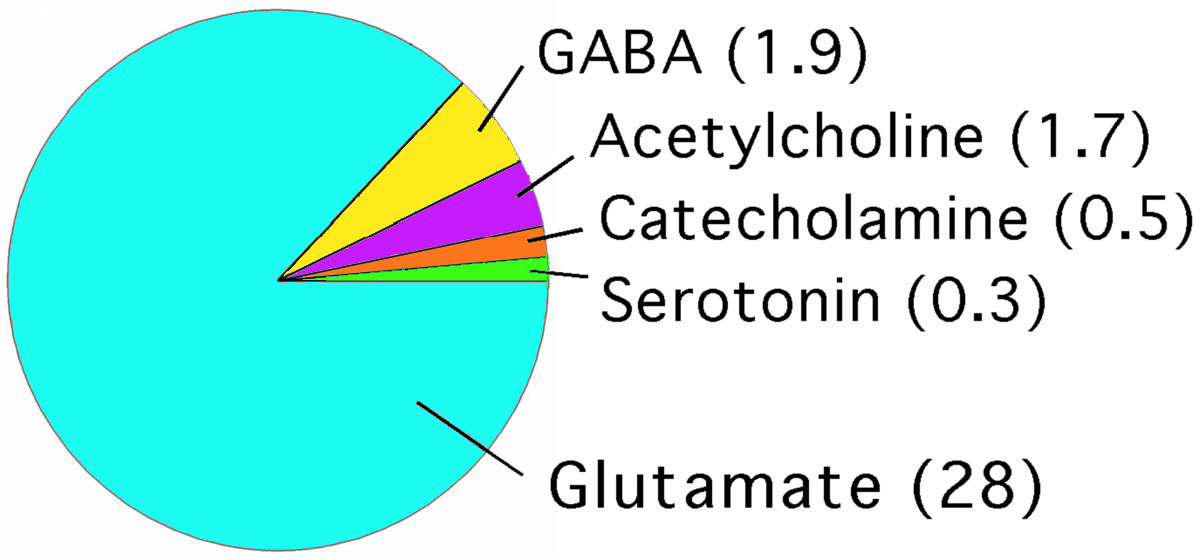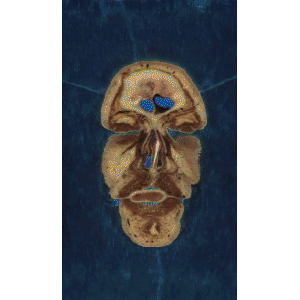|
|
|
|
Brain Engineering Laboratory: Research
|
|
|
|
Research Part 1: Introduction
Research Part 2: Paleocortical precursors
Research Part 3: Synaptic long term potentiation (LTP)
Research Part 4: Neocortex
Research Part 5: Applications
3. Synaptic long term potentiation (LTP)
Long-term potentiation (LTP). Throughout these models is the phenomenon of synaptic LTP, by which synapses can be permanently changed in response to brief input. LTP is a biological mechanism that is widely thought by neuroscientists to underlie human long-term memory. It is currently the only such candidate mechanism, since it is the only biological mechanism known that satisfies three primary constraints imposed by the phenomenon of long-term memory:
i) it can be induced by even very brief activation (seconds), just as we are capable of learning a new item (e.g., a face, or a name) with just brief exposure;
ii) it can last as long as memories do, e.g., potentially for decades, even after only brief exposure; and
iii) it has enough capacity to store the memories of a lifetime, which may number in the tens or hundreds of millions of individual items.
These three constraints of rapid induction, long duration, and high capacity determine the characteristics that any candidate mechanism for long-term memory must have. These characteristics alone give rise to surprising computational results, and intriguing predictions. [Coultrip, R. and Granger, R. (1994). LTP learning rules in sparse networks approximate Bayes classifiers via Parzen's method. Neural Networks, 7: 463-476; Kilborn, K., Lynch, G., and Granger, R. (1996). Effects of LTP on response selectivity of simulated cortical neurons. J. Cog. Neurosci., 8: 328-343; Granger, R., Whitson, J., Larson, J. and Lynch, G. (1994). Non-Hebbian properties of LTP enable high-capacity encoding of temporal sequences. Proc. Nat'l. Acad. Sci., 91: 10104-10108].
LTP occurs only at glutamate receptors. LTP occurs uniquely on particular types of synapses in the brain: those containing receptors for the neurotransmitter glutamate. Other neurotransmitters are more famous than glutamate: Serotonin is the neurotransmitter targeted by the drugs Prozac, Paxil, and Zoloft; the GABA neurotransmitter is affected by Valium; and most Alzheimer's drugs affect the neurotransmitter Acetylcholine. However, glutamate receptors far outnumber these other types of neurotransmitter receptors, as seen in the following figure, which shows the percent of different types of receptors in the brain (and the actual amount of receptors in a mouse brain, in picomoles per milligram):

Amelioration of impaired memory via glutamate receptor enhancement.
As mentioned, many drugs exist for other classes of neurotransmitter receptor, but it is only recently that drugs for glutamate receptors have been developed. Since many important diseases consist in part of damage to cells containing glutamate receptors, including Alzheimer's disease, schizophrenia, attention-deficit disorder, and autism, the pharmacological enhacement of the remaining glutamate receptors may have an ameliorative effect in some or all of these conditions. Extensive studies have shown significant improvement in animal and human subjects when treated with this class of pharmaceutical. [Granger, R., Deadwyler, S., Davis, M., Moskowitz, B., Kessler, M., Rogers, G., and Lynch, G. (1996). Facilitation of glutamate receptors reverses an age-associated memory impairment in rats. Synapse, 22: 332-337; Ingvar, M., Ambros-Ingerson, J., Davis, M., Granger, R., Kessler, M., Rogers, G, Schehr, R., and Lynch., G. (1997). Enhancement by an ampakine of memory encoding in humans. Exper. Neurol., 146: 553-559; Lynch, G., Granger, R., Davis, M., Ambros-Ingerson, J., Kessler, M., Schehr, R. (1997). Evidence that a positive modulator of glutamate receptors improves recall in elderly human subjects. Experimental Neurol., 145: 89-92] .
|

© 2003 TSG.RHG
[GrangerLab]
|
|

